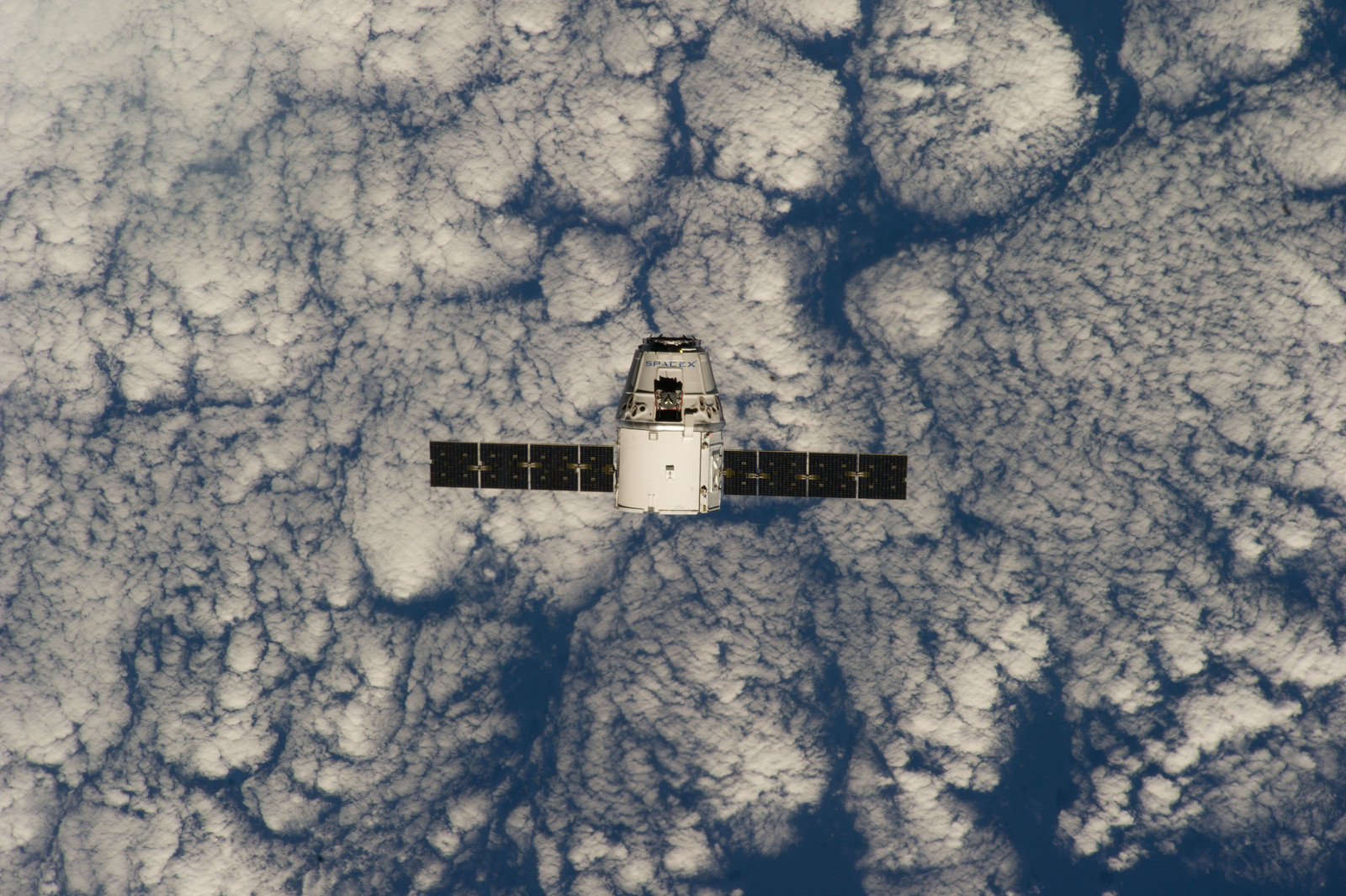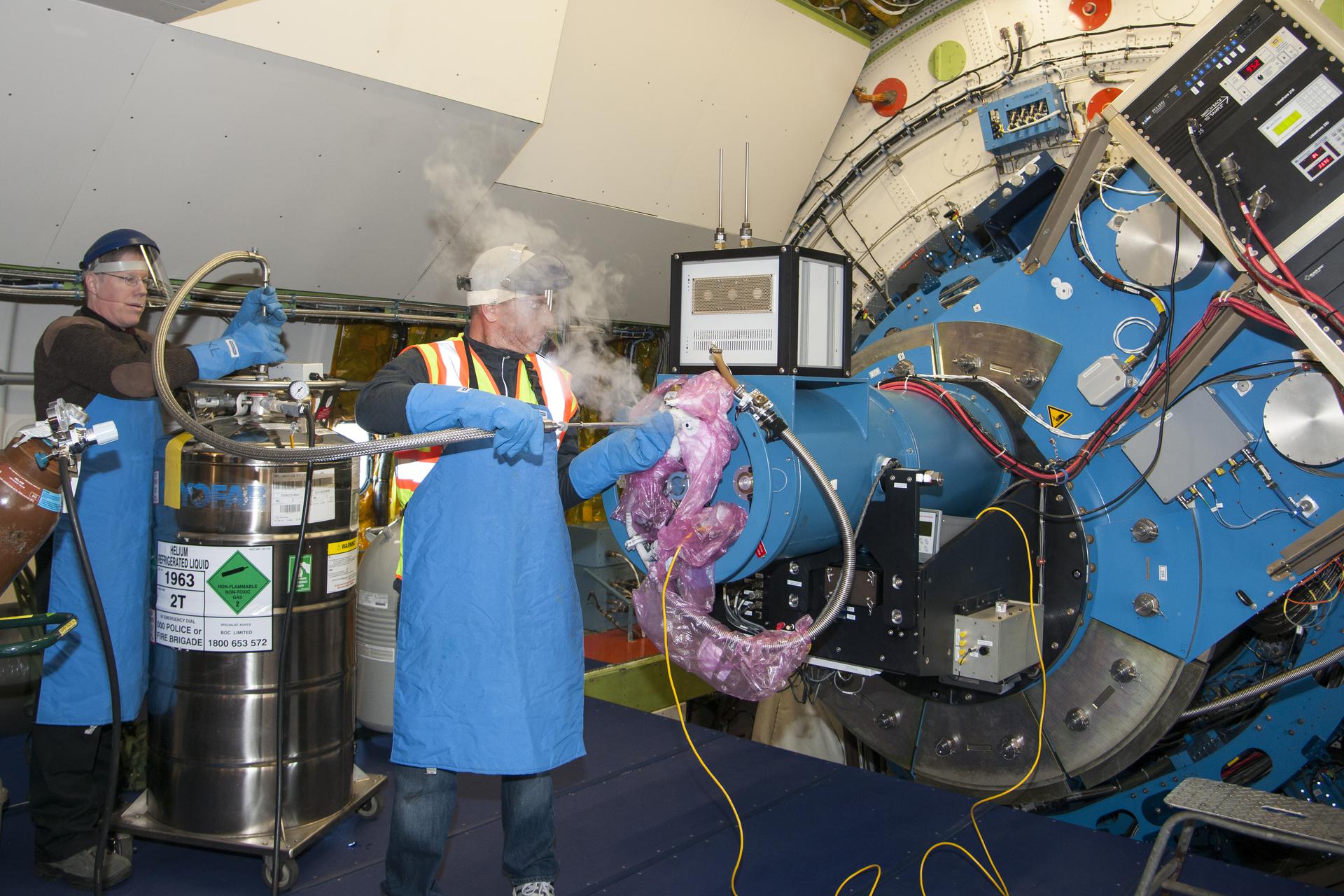These components involve multiple, complex, and coupled processes that occur on a continuum of spatial and temporal scales and affect climate, air quality, water resources, biodiversity, and other features that allow our Earth to sustain life and society.
The Earth Science Research and Analysis program enables advances in Earth System Science by supporting analysis of data from NASA satellites and aircraft, as well as those of our international partners, in coordination with activities of NASA’s domestic and international partners, and documents the program’s results in the peer-reviewed literature while sharing results with the broader public. The program enables surface-based and airborne observations of the Earth system that provide both process knowledge and information that both complements and provides calibration/validation information for NASA’s satellite programs. It also develops and applies modeling approaches that can be used for quantitative testing of hypotheses for Earth system behavior and for simulating its prior, current, and future evolution informed by observations.
The Program sponsors research pertaining to six Focus Areas, including: Atmospheric Composition, Weather, Carbon Cycle and Ecosystems, Water and Energy Cycle, Climate Variability and Change, and the Earth Surface and Interior. Details on the key research questions, research programs relevant satellite and airborne missions, solicited program elements, and a broad range of interagency/ international collaborations and activities corresponding to each Focus Area can be found below.

Atmospheric Composition
The Atmospheric Composition focus area consists of research on the composition of Earth’s atmosphere, particularly of the troposphere and stratosphere, in relation to climate forcing, atmospheric ozone and aerosols, solar effects, air quality, and surface emissions of radiatively and chemically active source gases and particulates.

Water and Energy Cycle
The Water and Energy Cycle focus area studies the distribution, transport and transformation of water and energy within the Earth System, with the long-term goal to improve hurricane prediction, quantify tropical rainfall and eventually begin to balance the water budget at global and regional scales.


























